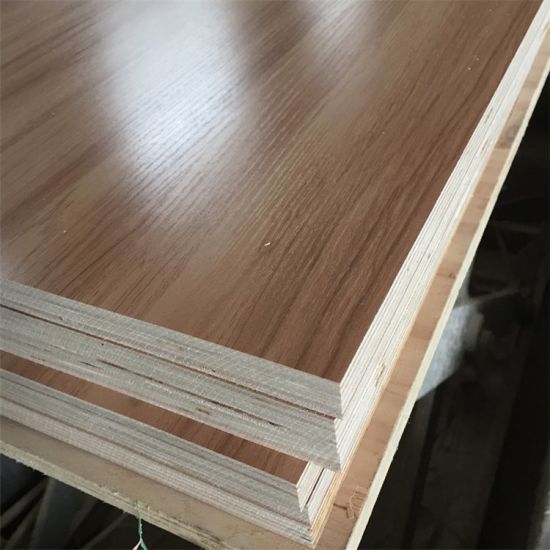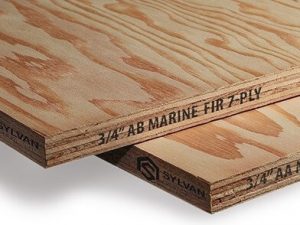When ordering plywood, there are a few common questions you should have. These are Grades, Sizes, and Thickness, which are important factors to consider when purchasing plywood. Read on to find out more about each type of plywood and how they differ. Then, you can make an informed decision when ordering. You will have peace of mind knowing that you’re purchasing the right type of material for your project.
Common questions about plywood
When it comes to building, one of the most basic questions is how to choose plywood. It is an important component of a stable foundation and has many benefits. Because it has multiple layers, it is better resistant to water. Some manufacturers use phenolic glue to improve water resistance. This type of wood can be easily cut into different shapes, making it a versatile building material. CenturyPly is a premium brand of plywood with superior strength and durability.
It is often made of two types of wood. Softwood plywood is less expensive and made from pine, fir, or spruce. But, these types of wood are prone to denting and should not be used for heavy use. Hardwood plywood, on the other hand, has wood that is exposed. It can be made from maple or birch, and it comes in grades A, B, and C. Hardwood plywood is also stronger and more durable than softwood.
There are several types of plywood, which vary in thickness, size, finish, and grade. Which one is best for your project will depend on your budget and how much you want to spend on the material. If you need a fairly affordable sheet for most of your projects, you can opt for baltic birch plywood. If you need a thicker board, however, you may want to consider baltic birch plywood. Just remember that if you’re going to buy plywood, you should make sure to research the company’s reputation.
Plywood is a man-made, engineered wood that can be used in a number of applications, including construction. It can be used in cabinet making and fine furniture building. Its durability and cost make it a popular building material. While it costs less than solid wood, it offers many benefits, including superior strength and resistance to moisture. Plywood is also less susceptible to moisture and changes in humidity, which makes it a desirable choice for many applications.
Grades
If you’re looking to make a DIY project that involves building a tabletop or using a sheet of plywood on the floor of your home, you need to know the Grades of Plywood. Each grade represents a different quality level, and the higher the grade, the better the quality. Grade A is the highest quality, featuring a flat, smooth surface with no knots or blemishes and is paintable. However, most plywood doesn’t come in grade A straight off the mill; repairs are made to correct these defects during the manufacturing process. These approved methods ensure perfect boards are shipped to you.
There are three types of plywood available: A, B, and C. A grade has the highest quality, while B-grade and C-grade are less expensive. While B-grade and C-grade plywood have similar characteristics, A-grade and C-grade plywood are a blend of A and B-grade wood. A/B grade plywood features finer face veneer. A/C grade has the characteristics of A-grade and B-grade plywood but is harder to find.

CDX-grade plywood is the lowest grade, and it is often made from two lower-grade species of wood. Because of its low cost, it can withstand some exposure to moisture. It is best suited for building work tables and storage units. Sanded-plywood is another common type of plywood, and it holds its shape well. It is often used for building boxes and cabinetry. Another type of plywood is MR-grade, which is used for a variety of common applications.
A-grade plywood features a smooth appearance with minimal knots, although it can contain a few knots of up to two inches in diameter. This grade is not suitable for a decorative finish, but it is fine for structural purposes. BR-grade plywood has open knots smaller than 7mm in diameter. The wood of grade A and B grades differs slightly in its appearance from piece to piece. However, the rules used for grading differ by country.
Sizes
When purchasing a sheet of plywood, it is important to be aware of the different sizes available. The largest sheet sizes are usually 5′ x 5′, while smaller ones are 4′ x 8′ or even smaller. Other plywood sheets are sized up to 20′ long. Some types are also available in sheets as large as 24′. The following information will help you choose the right type of plywood for your project. Once you have determined the size of the sheet, you can make a test cut of it to determine if it will fit.
The thickness of the plywood is also important. Thick plywood is usually more durable than thinner ones. Thicker ones are used in furniture, but they do not provide as much strength and stiffness as thicker materials. These types of plywood are often used for structural elements in buildings, including homes and shipping crates. You should be aware of the differences between nominal and actual measurements when purchasing this type of wood board. Make sure to ask your supplier about the thickness of the plywood you’re looking to purchase.
You can find plywood in almost any size. The most common sizes for softwood plywood are four feet by eight feet. Some stores also sell oversized sheets that are six feet by 8 feet. These larger sheets are usually less expensive. Plywood sheets are available in different thicknesses, but most local retailers will only stock standard sheet sizes of four feet by four feet or eight feet by eight feet. This makes the pricing of plywood a bit difficult to understand.
Thickness
Before you order any type of plywood, make sure that you know its thickness. The thickness of your chosen plywood is the deciding factor in whether it will be suitable for your project. You can buy plywood in different thicknesses depending on your needs. If you are building a wall for your house, you might want to choose a slightly thicker plywood, but you should be aware that this will affect the strength of the element. If the thickness of your chosen plywood is too thin, it may result in it bending or deteriorating its functionality.
To choose the right thickness, it’s best to purchase plywood with a thicker veneer and more plies. This way, you can detect any defects or cracks more easily. Avoid buying used plywood, as it might have been cut to fit the needs of the previous owner. You should also make sure that the plywood has a consistent thickness, as a varying sheet could lead to unevenness in the final product.
When choosing a plywood, you should know the actual thickness. Plywood has two different thicknesses: nominal and actual. The nominal thickness is the amount of material that a sheet of plywood contains when it is completely dry. The actual thickness is actually a quarter to one-fourth of an inch thinner than its nominal thickness. The difference between the two is the amount of material removed by sanding the wood.
You can also buy plywood with different plies. The most common plywood is 3-ply, which is two to three millimeters thick. These are ideal for indoor projects, but are not suitable for buildings. However, if you want more strength and durability, you should consider purchasing multi-ply plywood. Most people don’t need a thick board for their project, but they can still make use of this material.
Warranty
If you are planning to buy plywood, then you will have a number of things to consider before making a decision. You must always ensure that the product is safe to use, and that it is free from any pests or diseases. One of the best things about plywood is that it is extremely heavy duty. Unlike many other materials, it will not sag or swell, so it can withstand the stress and strain of heavy use. Aside from being sturdy and durable, it is also highly resistant to rot, termites, and borers, so it is an excellent choice for high-quality construction.
Request a quote

